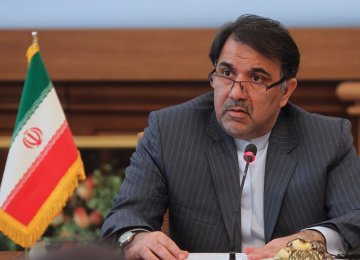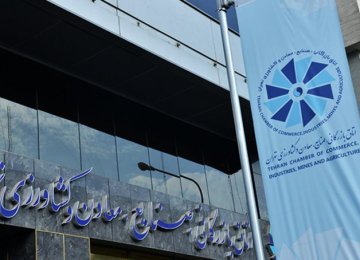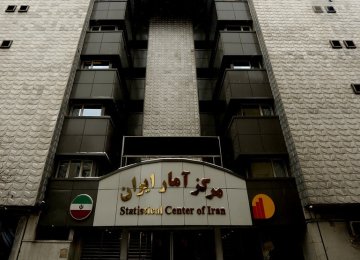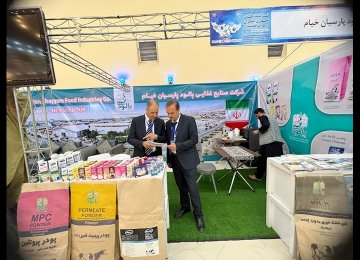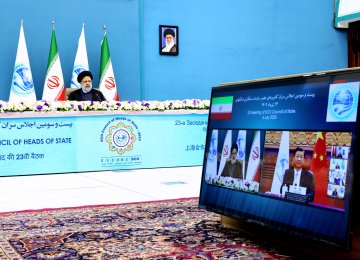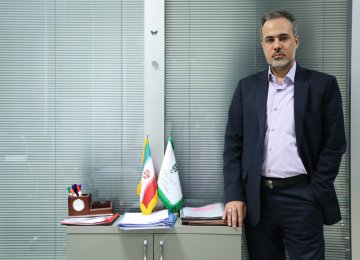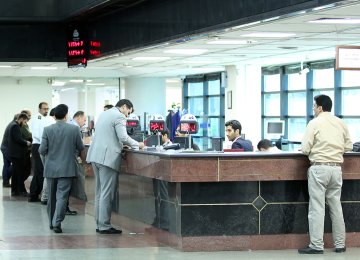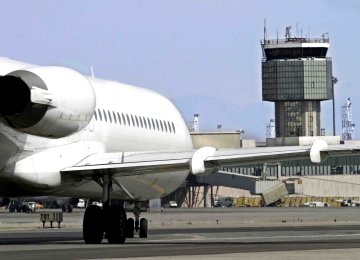Iran has an economic system that could best be described as an amalgamation of Russian and Chinese economic systems.
It’s a legacy of decades of tug of war between power centers and policymakers over who get what share of the pie, and how the economy should be administered.
Some parts show a legacy of ad-hoc steps taken in response to a developing crisis. Official narratives, however, happen to veer off into the fantasy that Iran’s economy is as free as it should be. Some in the state disdain the free market and criticize it openly.
Minister of Roads and Urban Development Abbas Akhoundi, on the other hand, offers a realistic history of the influences of socialism and mercantilism on Iran’s economy, both ideas that are best left to history. He contends that those legacies still exist and control every fiber of Iran.
Akhoundi echoes market economists like Mousa Ghaninejad who say Iran’s regulatory environment needs to be liberalized for the economy to move toward free market dynamics.
He considers conservative criticism of the market economy, which is based on the notion that it has not worked in Iran, as false.
“Iran has never had a market economy; what was advertised as privatization of industries is a joke,” he said in an interview with our sister publication, Tejarat-e Farda weekly magazine.
“If privatization is real in Iran, why do resources get allocated via bureaucracy? Why are there no bankruptcies? Why are large corporations’ hands in government coffers?”
Iran’s economy was run by merchants who got exclusive trading rights from the crown during the Qajar period. The bazaar merchants had a cozy relationship with those in power, which was the norm.
Iranian politics moved to a constitutional monarchy in the early 1900s, after one too many trade monopolies were given by the crown to foreigners. The later so-called “constitutional movement”, led to more political involvement from the bazaaris—Iran’s guild of merchants—who started funding political agendas.
With a military coup in the 20s and the rise of the Pahlavi dynasty, the state started concentrating power in its hands. While the monarchy’s close relationship with America led to the thinking that he was a liberal, that picture is far from reality. Most of the policies run by the Shah’s governments were in effect socialistic.
Government interference in the economy increased as years passed by. Food, staples and energy were heavily subsidized and barriers were raised to ward off foreign competition.
Simultaneously, communism thrived among students who saw the Shah as an imperialist. After the revolution, the state and public organizations’ role in the economy expanded and success in a private business came more and more to rely on a close relationship with the state. Naturally, corruption flourished.
So when in the 90s and 2000s, the wave of privatization began, nothing actually changed. Stakes in government giants were just transferred to quasi-state corporations.
Organizations and people who cozied up to them created a monopoly in the banking sector and misused public funds for their personal benefit. The irony is that just like in America, the taxpayers will pay for their losses, as they have always done, quietly.
Akhoundi says the whole view about Iranian economy and free markets has to change.
Iranian politicians fear the word “free market”, “because the free market is akin to capitalism and in their minds capitalism means imperialism, and the revolution was anti-imperialistic,” the minister said.



